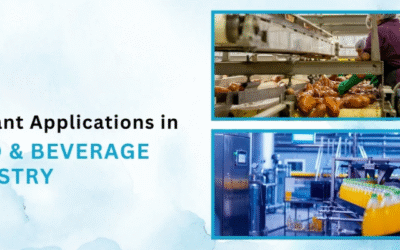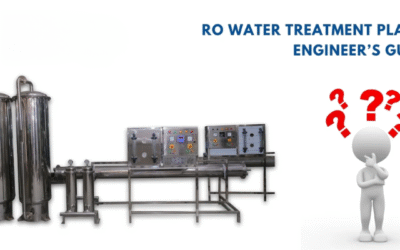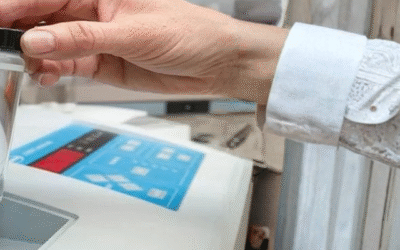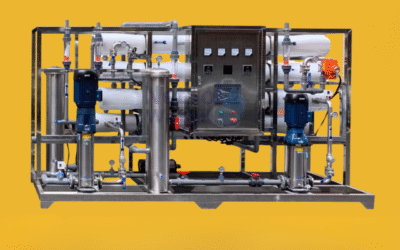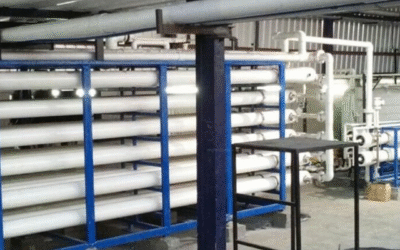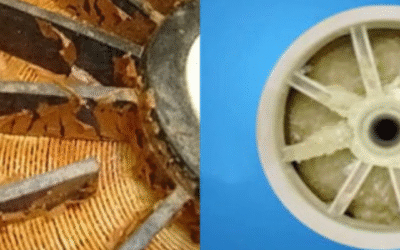BLOG
Why Food & Beverage Companies Rely on RO Systems
In the food and beverage industry, water is more than just an ingredient—it’s the backbone of product safety, consistency, and compliance. From mixing and dilution to cleaning and sterilization, water quality directly...
Pre-Treatment and Post-Treatment in RO Water Plants: A Practical Guide
Reverse Osmosis (RO) systems are highly effective at producing pure water. However, to keep the membranes working efficiently and reliably over time, comprehensive pre-treatment and post-treatment are essential....
How to Test RO Water Quality
Installing a Reverse Osmosis (RO) system is just the first step in ensuring safe, clean, and great-tasting drinking water. To keep your system running efficiently and confirm that your water meets drinking water standards...
How to Design an Industrial RO Water Plant (Step-by-Step Guide)
Designing an Industrial Reverse Osmosis (RO) Water Plant requires a blend of engineering precision, water chemistry insight, and system automation. Whether you're building an RO system for manufacturing, food processing,...
Automation in RO Systems: PLC & SCADA Integration Explained
In modern water treatment, automation isn’t just an upgrade—it’s essential.As industries demand precise, consistent, and hands-free operation, automated RO (Reverse Osmosis) systems using PLC (Programmable Logic Controller)...
RO Plant Troubleshooting: Common Performance Issues and Fixes
Even a well-designed Reverse Osmosis (RO) plant is not immune to performance issues. Factors like feed water variability, aging components, and inconsistent maintenance can lead to: Low water output Rising TDS levels...
Difference Between Single Pass and Double Pass RO Systems
Reverse Osmosis (RO) systems are critical in providing high-purity water across industries, institutions, and commercial facilities. However, not all RO setups offer the same level of water purification. The system...
Wastewater Recovery Using RO and Zero Liquid Discharge (ZLD)
Industrial and municipal sectors generate massive amounts of wastewater, often laden with salts, chemicals, and heavy metals. Discharging this untreated water not only harms ecosystems but squanders a valuable resource....
Membrane Fouling in RO Plants: Causes, Prevention, and Cleaning Methods
In every Reverse Osmosis (RO) water treatment system, the membrane is the heart of the operation — responsible for removing dissolved salts, metals, and impurities. However, RO membranes gradually lose efficiency due to...

